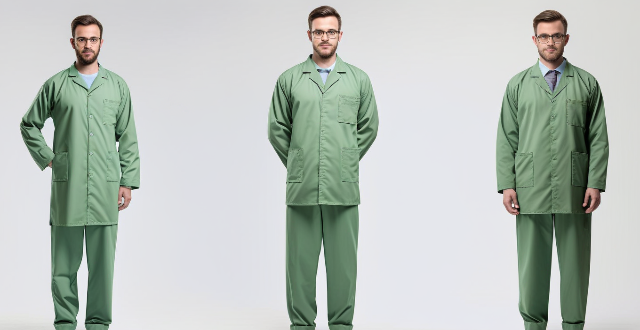Hazmat suits, also known as chemical protective clothing or chemical resistant suits, are specialized garments designed to protect wearers from hazardous materials. These suits offer a high level of protection against chemical exposure by creating a barrier between the wearer and the environment. The key features of hazmat suits include their material, design, breathability, and comfort. The article discusses how hazmat suits provide protection against chemical exposure in detail, including the levels of protection offered by different types of suits.

How Do Hazmat Suits Provide Protection Against Chemical Exposure?
Introduction
Hazmat suits, also known as chemical protective clothing or chemical resistant suits, are specialized garments designed to protect wearers from hazardous materials. These suits offer a high level of protection against chemical exposure by creating a barrier between the wearer and the environment. In this article, we will discuss how hazmat suits provide protection against chemical exposure in detail.
Key Features of Hazmat Suits
Material
- Chemical Resistance: Hazmat suits are made from materials that are resistant to chemicals, such as butyl rubber, polyvinyl chloride (PVC), or other synthetic polymers. These materials are selected based on their ability to resist specific chemicals.
- Tear Resistance: The materials used in hazmat suits are also tear-resistant, reducing the risk of accidental cuts or tears that could compromise the suit's integrity.
Design
- Sealed Construction: Hazmat suits are designed with sealed seams and closures to prevent chemicals from penetrating through gaps or openings in the suit.
- Integrated Boots and Gloves: To minimize the risk of contamination, hazmat suits often include integrated boots and gloves that form a continuous barrier with the rest of the suit.
- Hood and Face Shield: A hood and face shield provide additional protection for the head and face, covering areas that are particularly vulnerable to chemical exposure.
Breathability and Comfort
- Breathable Materials: While providing chemical protection, hazmat suits must also allow air to pass through to prevent heat stress and dehydration. Some suits incorporate breathable materials or ventilation systems to address this need.
- Adjustable Sizing: Hazmat suits are available in various sizes and often include adjustable features to ensure a comfortable fit for different body types.
Levels of Protection
Type A Suits
- Highest Level of Protection: Type A hazmat suits offer the highest level of protection against vapors, liquids, and particulates. They are typically used when working with highly toxic substances.
Type B Suits
- Medium Level of Protection: Type B hazmat suits provide protection against liquids and gases but may not be suitable for all types of chemical exposure.
Type C Suits
- Lowest Level of Protection: Type C hazmat suits offer limited protection against some chemicals and are generally used for less hazardous situations.
Conclusion
Hazmat suits play a crucial role in protecting workers from chemical exposure by creating a barrier between them and their environment. The key features of these suits, including their material, design, breathability, and comfort, contribute to their effectiveness in providing protection against chemical hazards. By understanding the levels of protection offered by different types of hazmat suits, individuals can choose the appropriate suit for their specific needs and work safely in environments where chemical exposure is a concern.